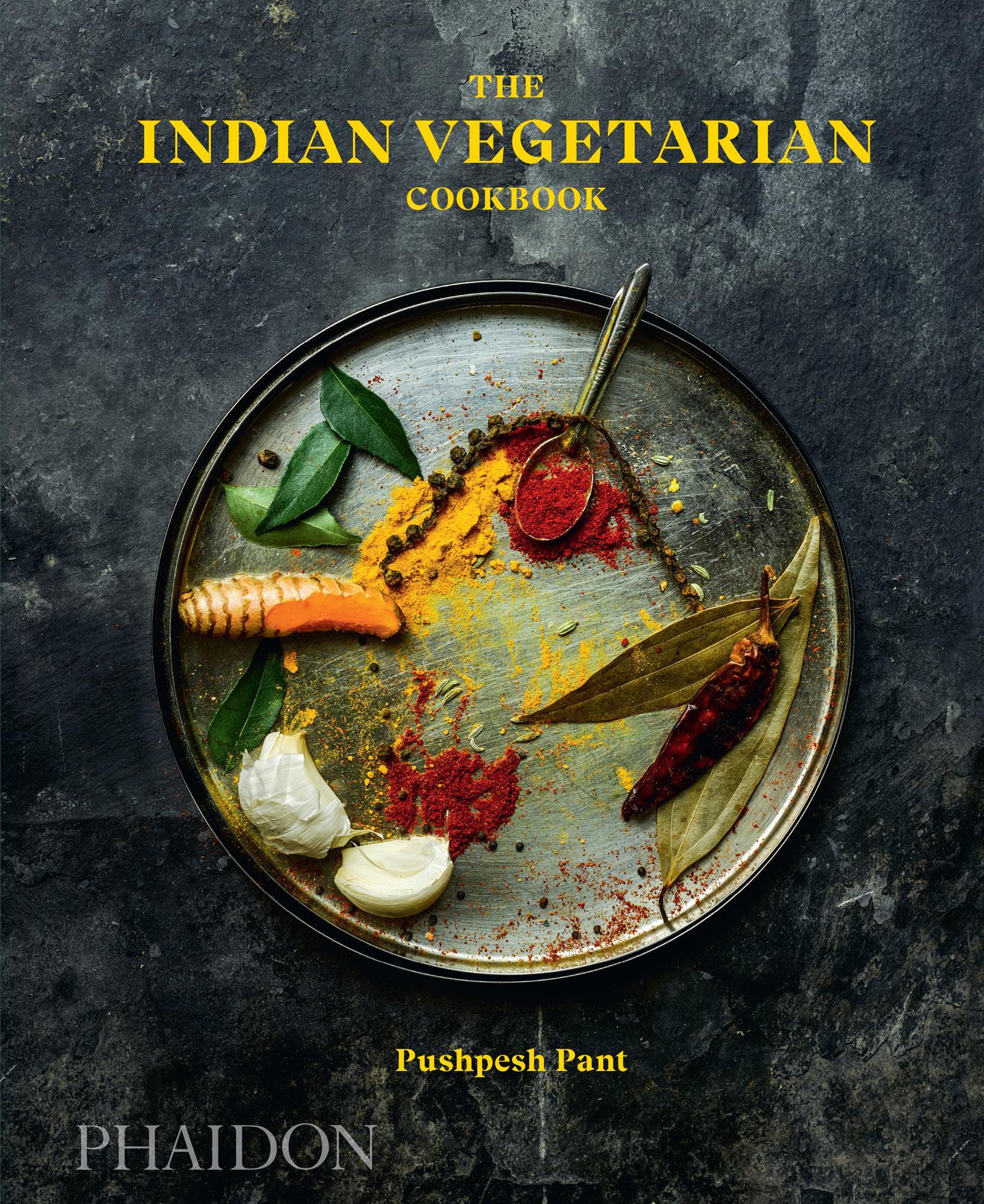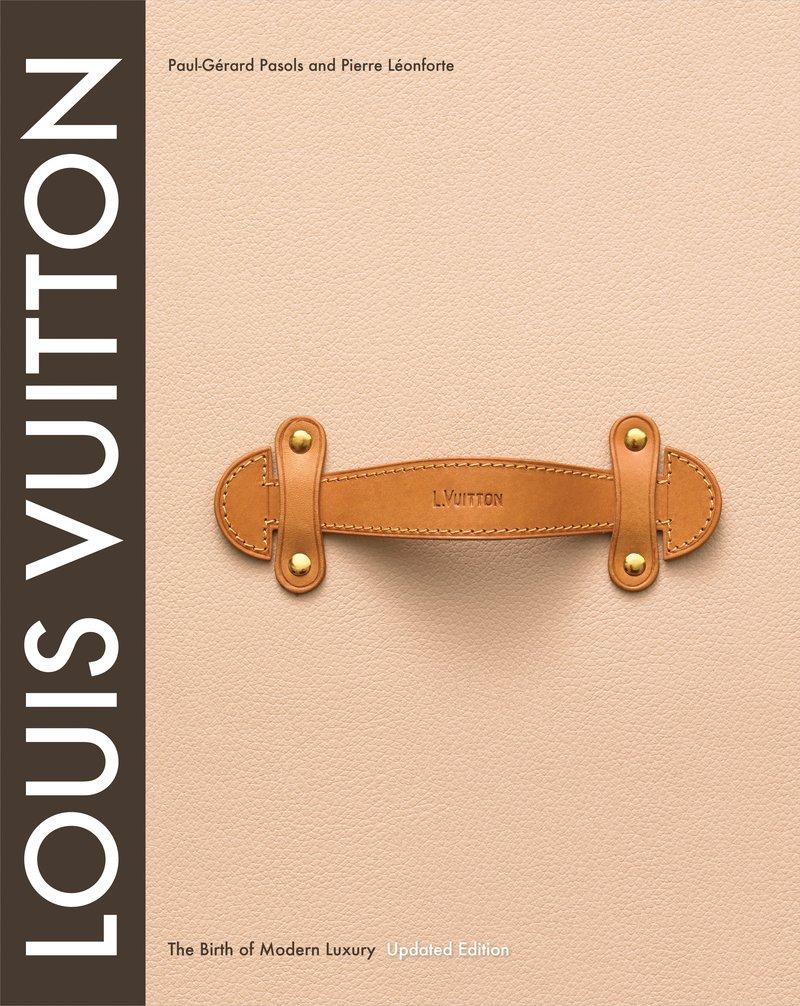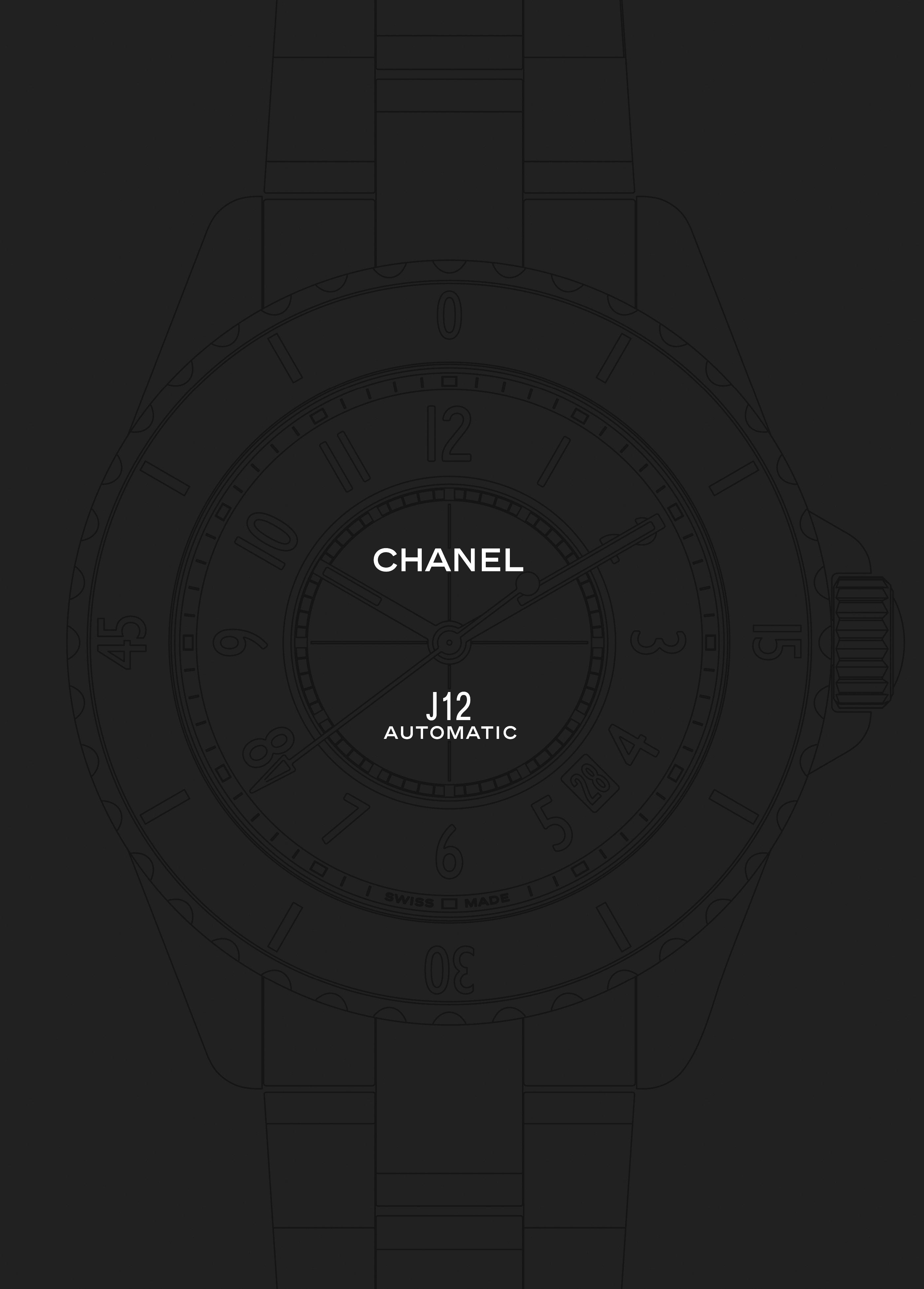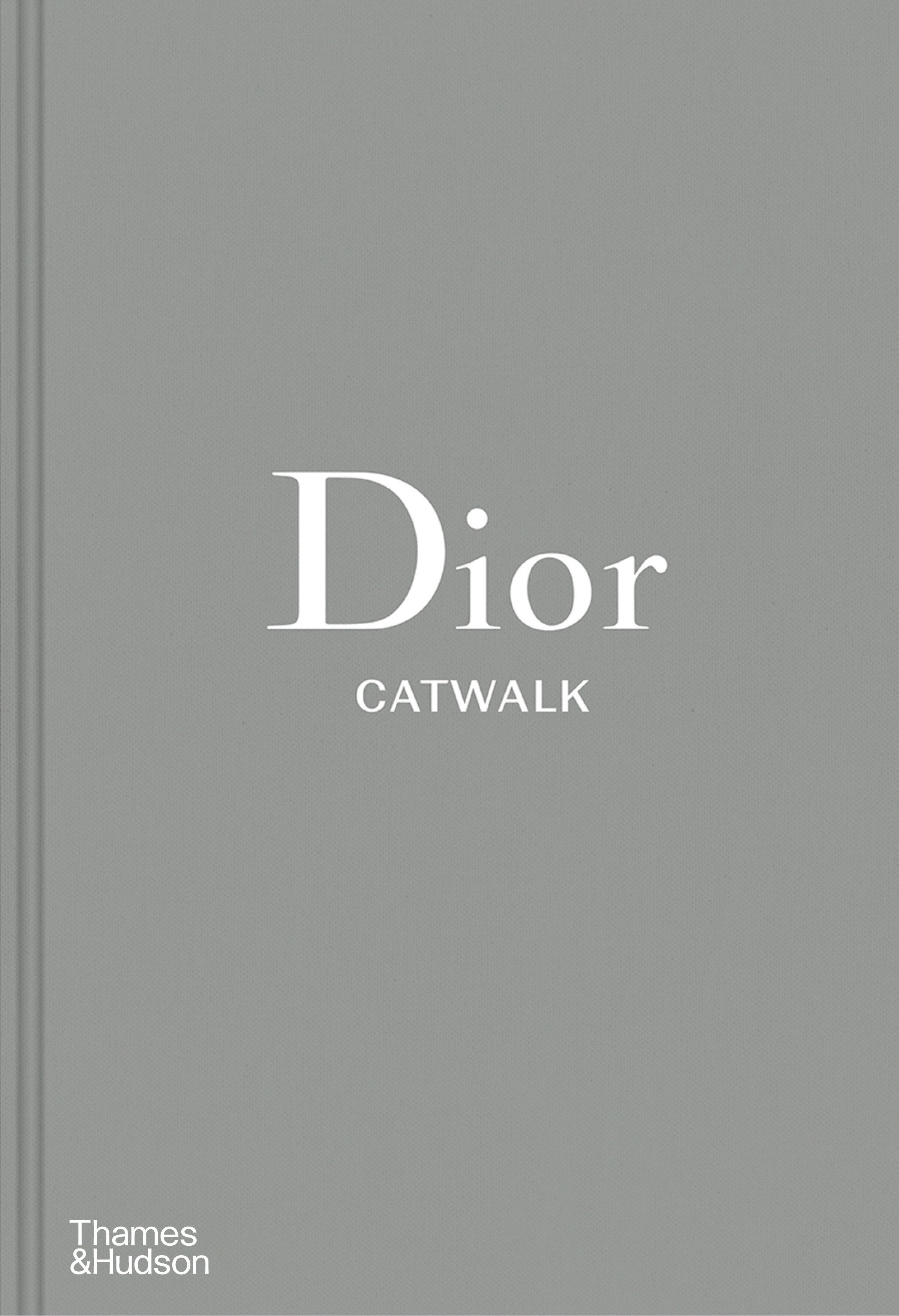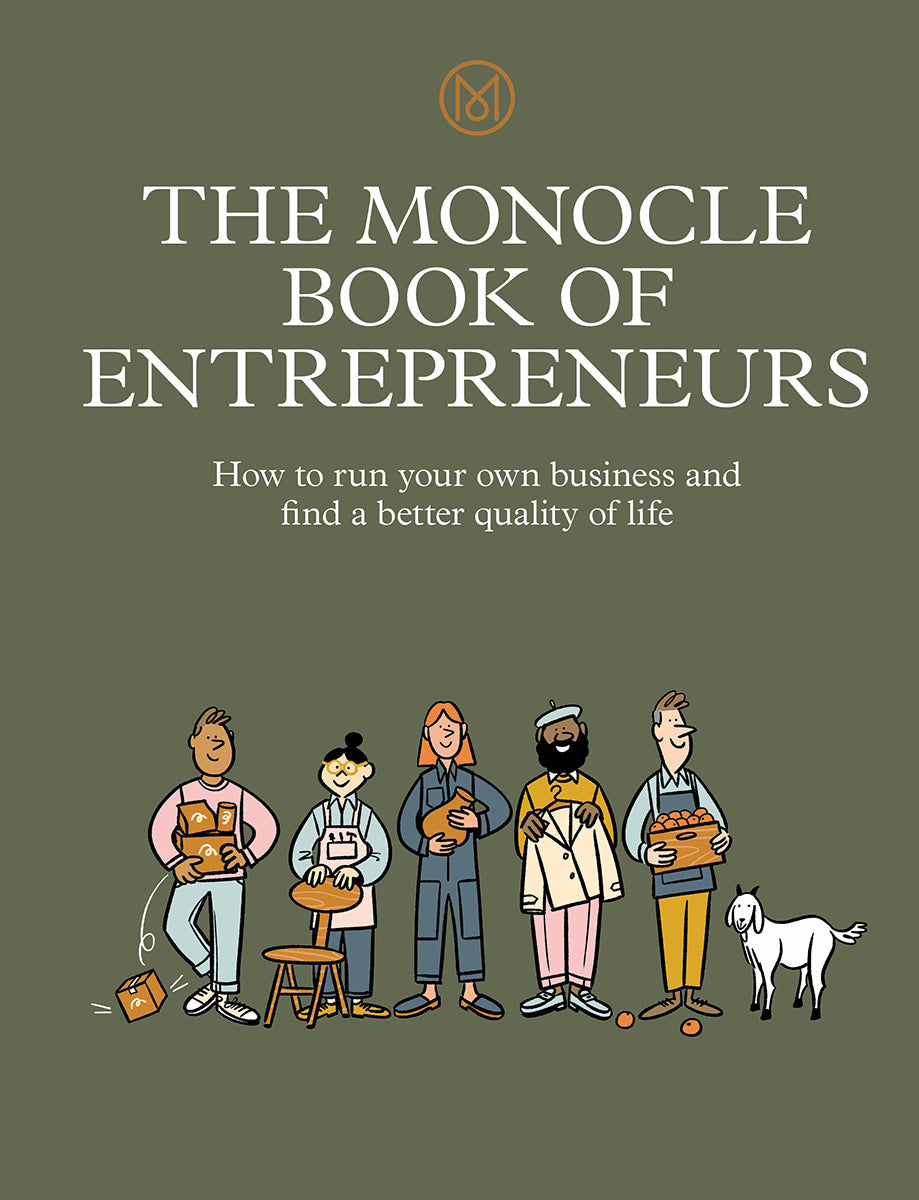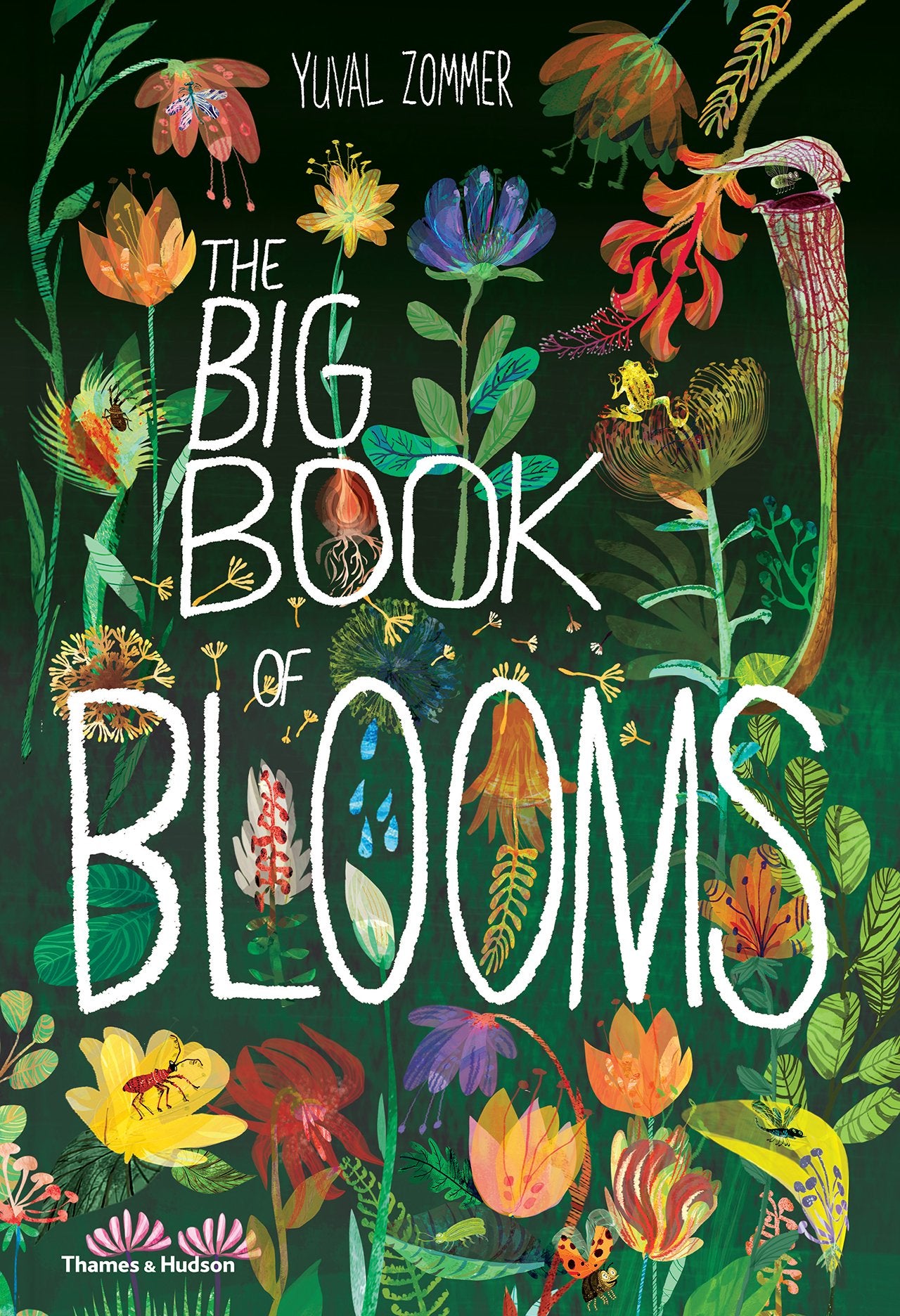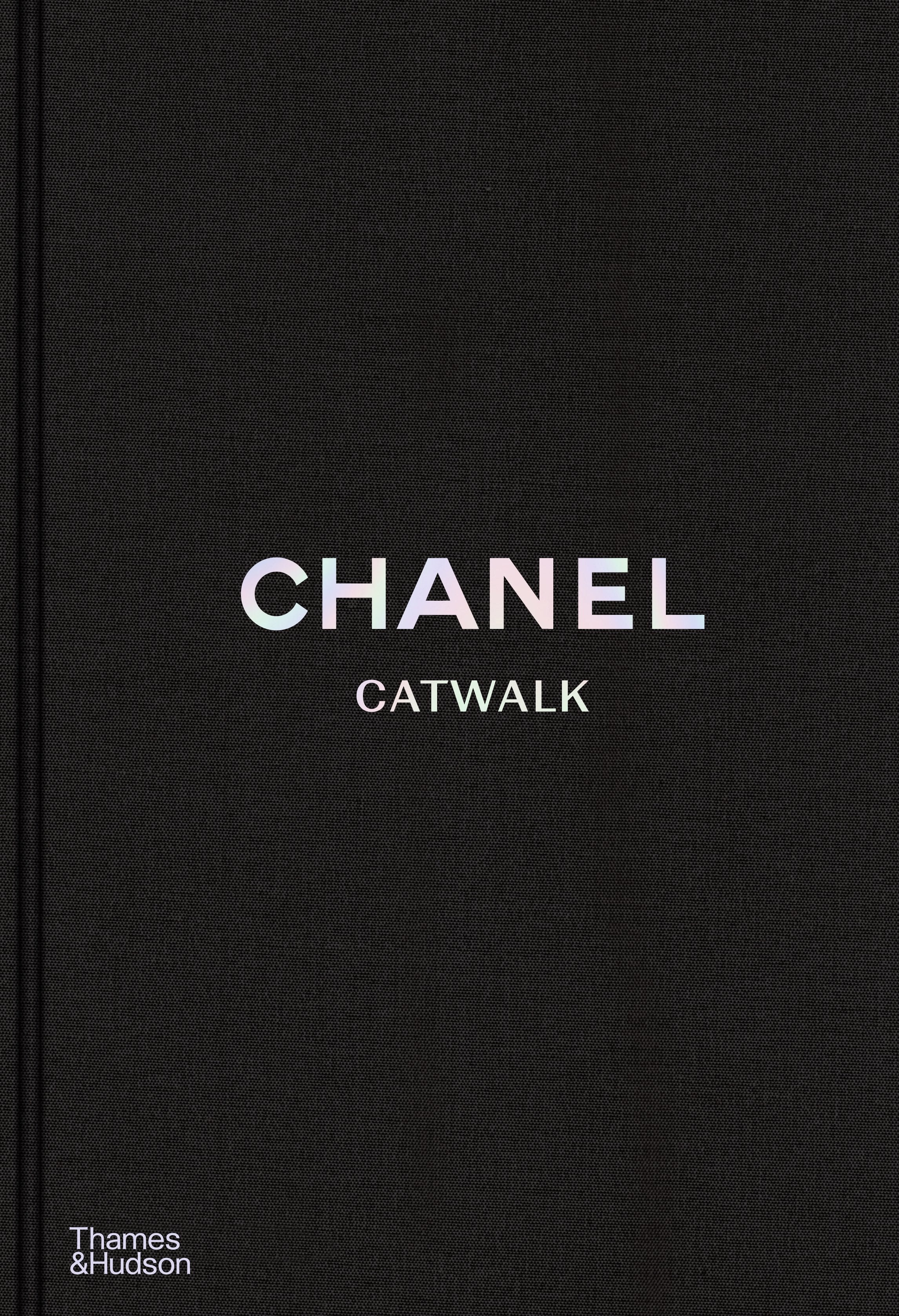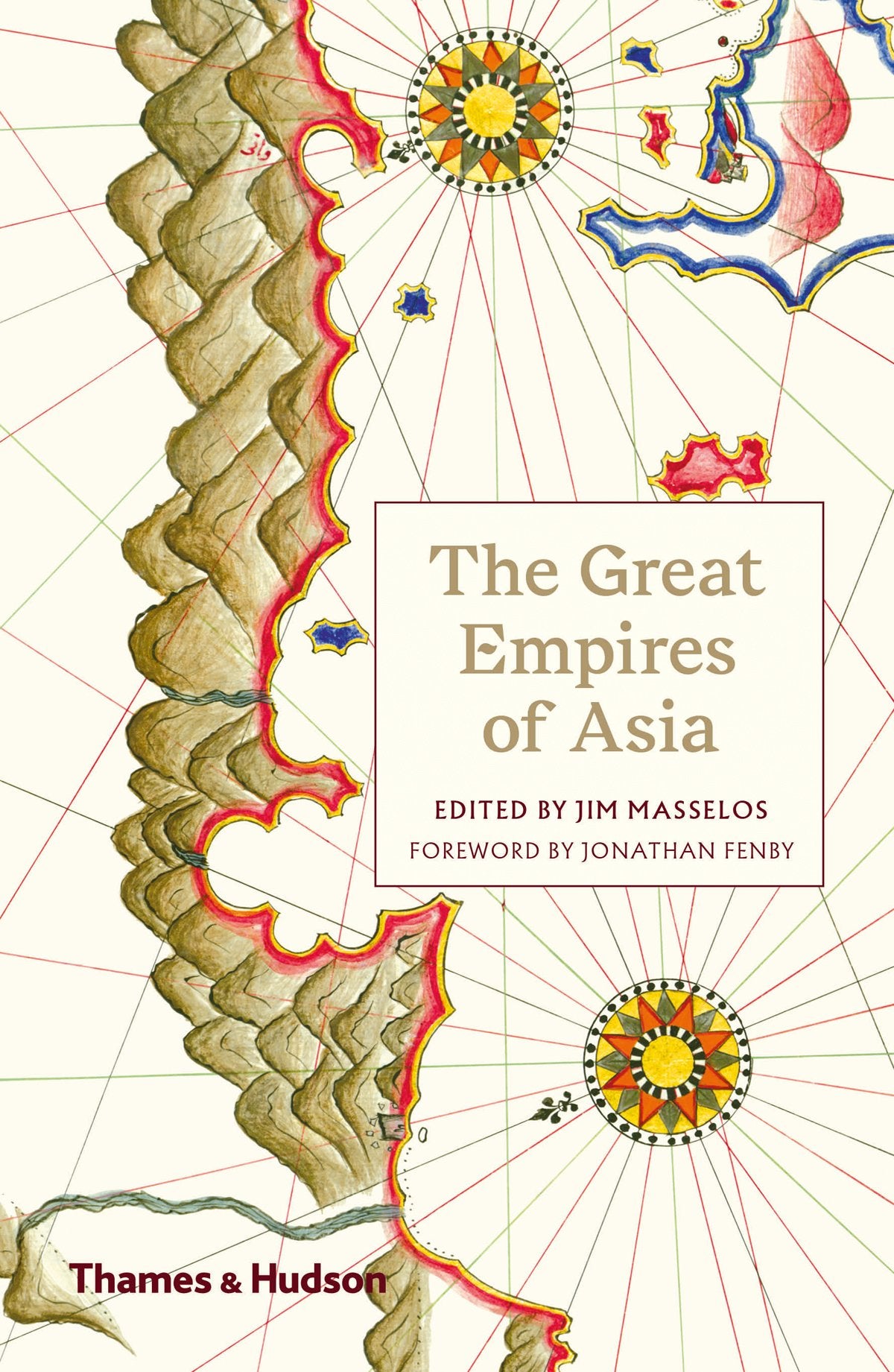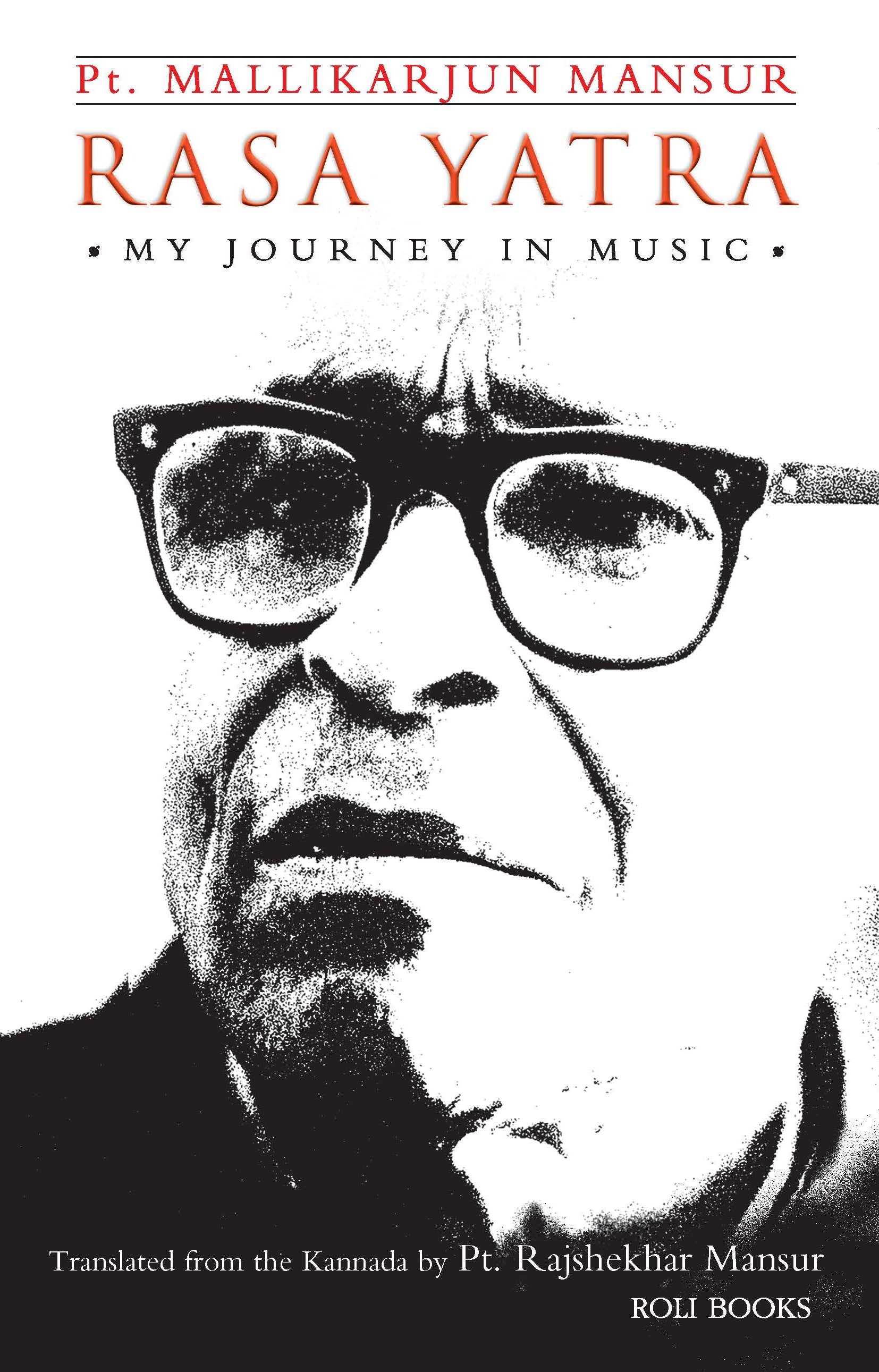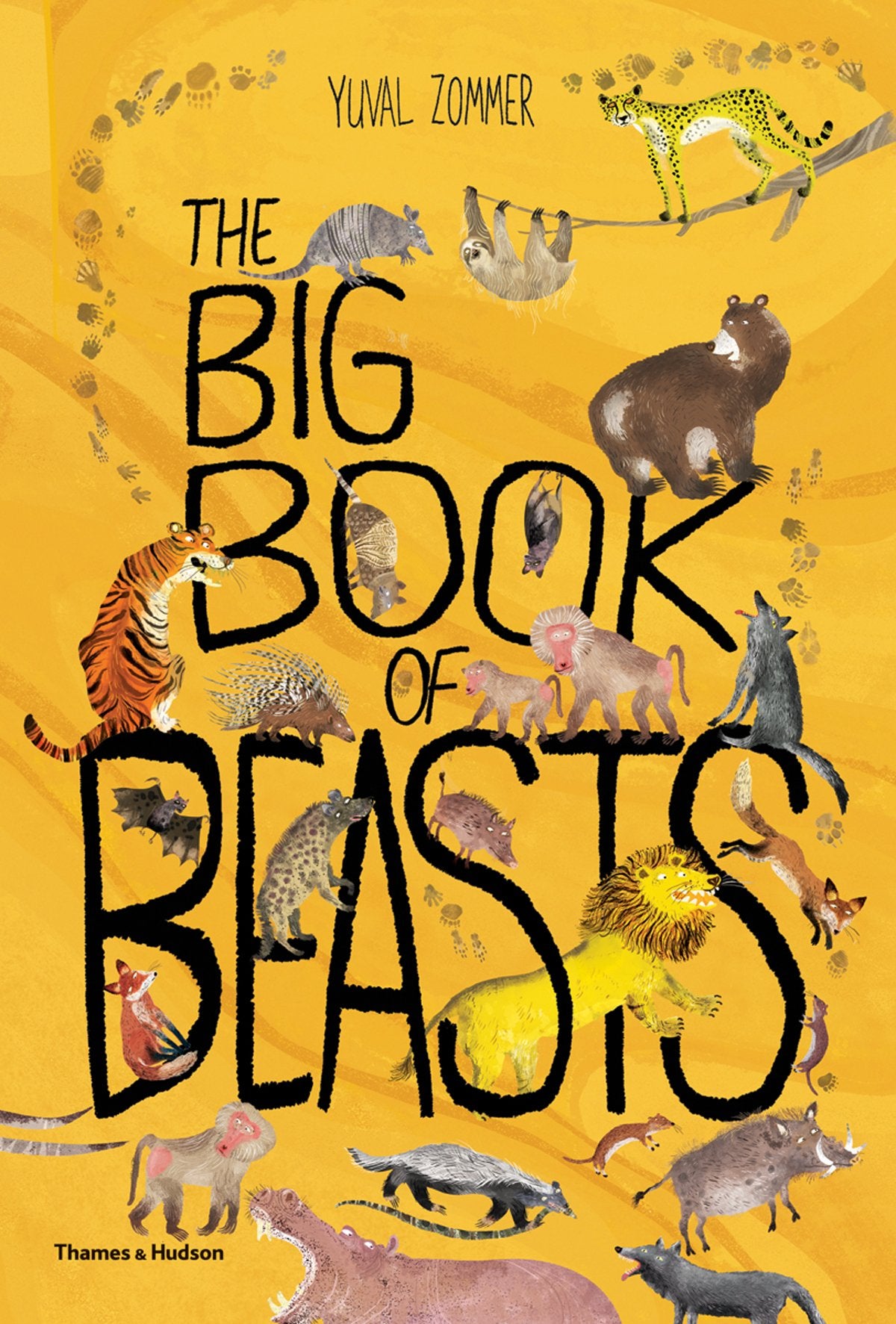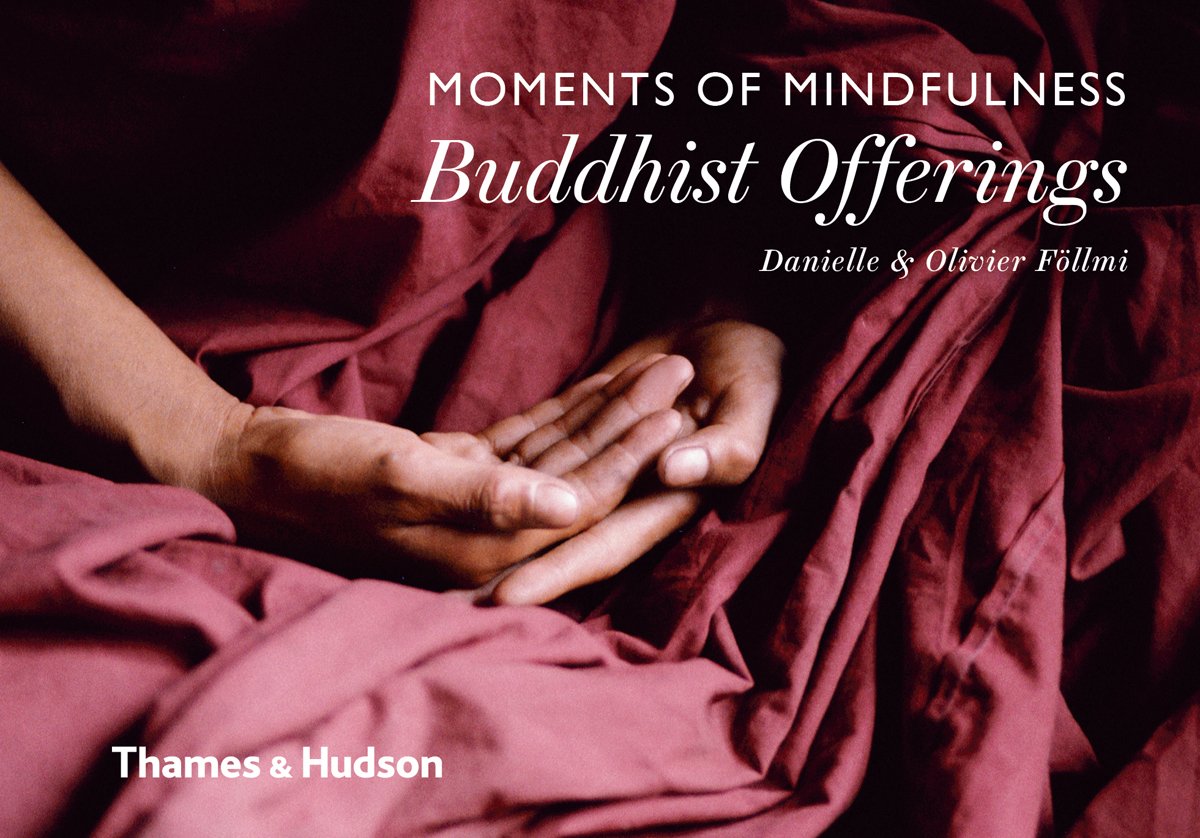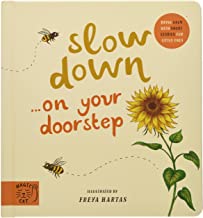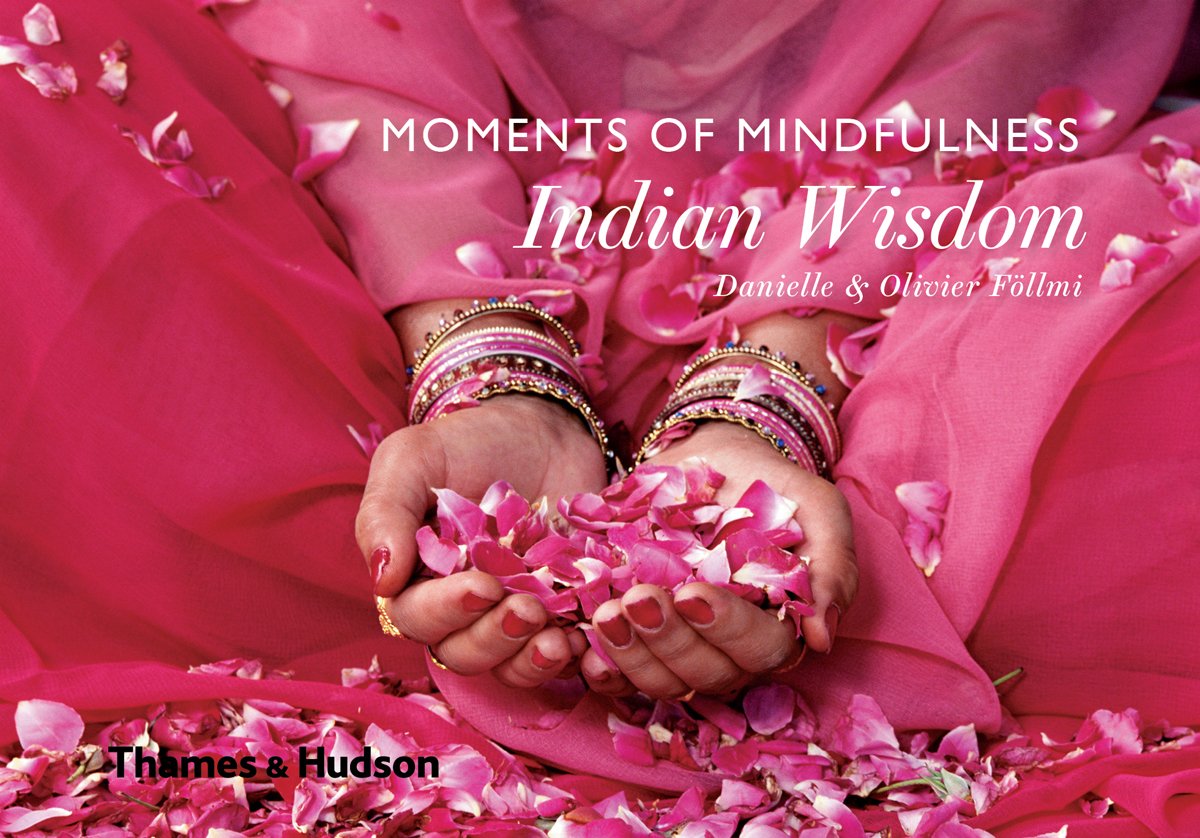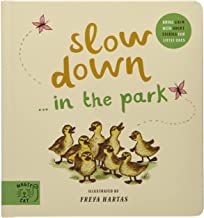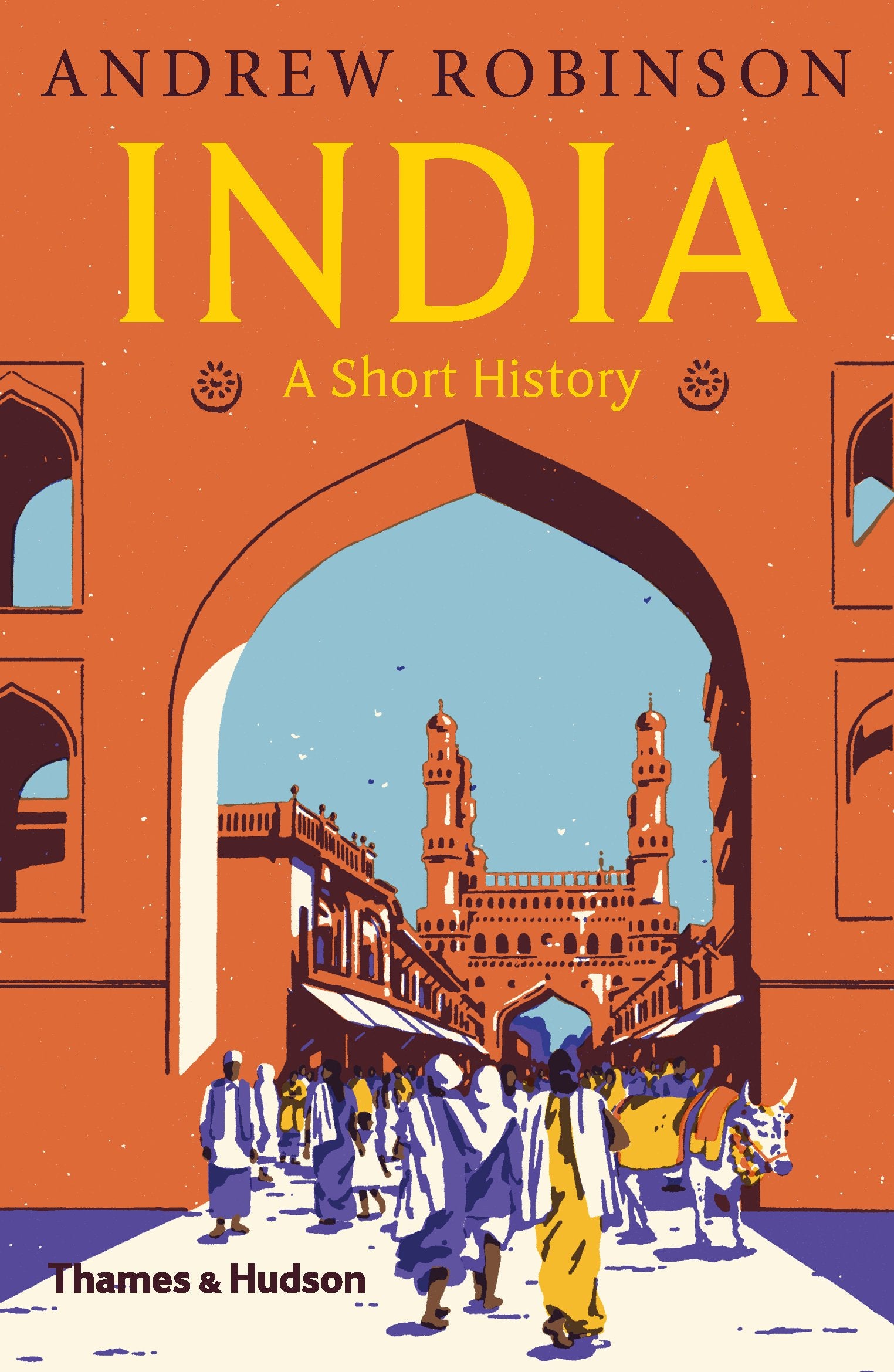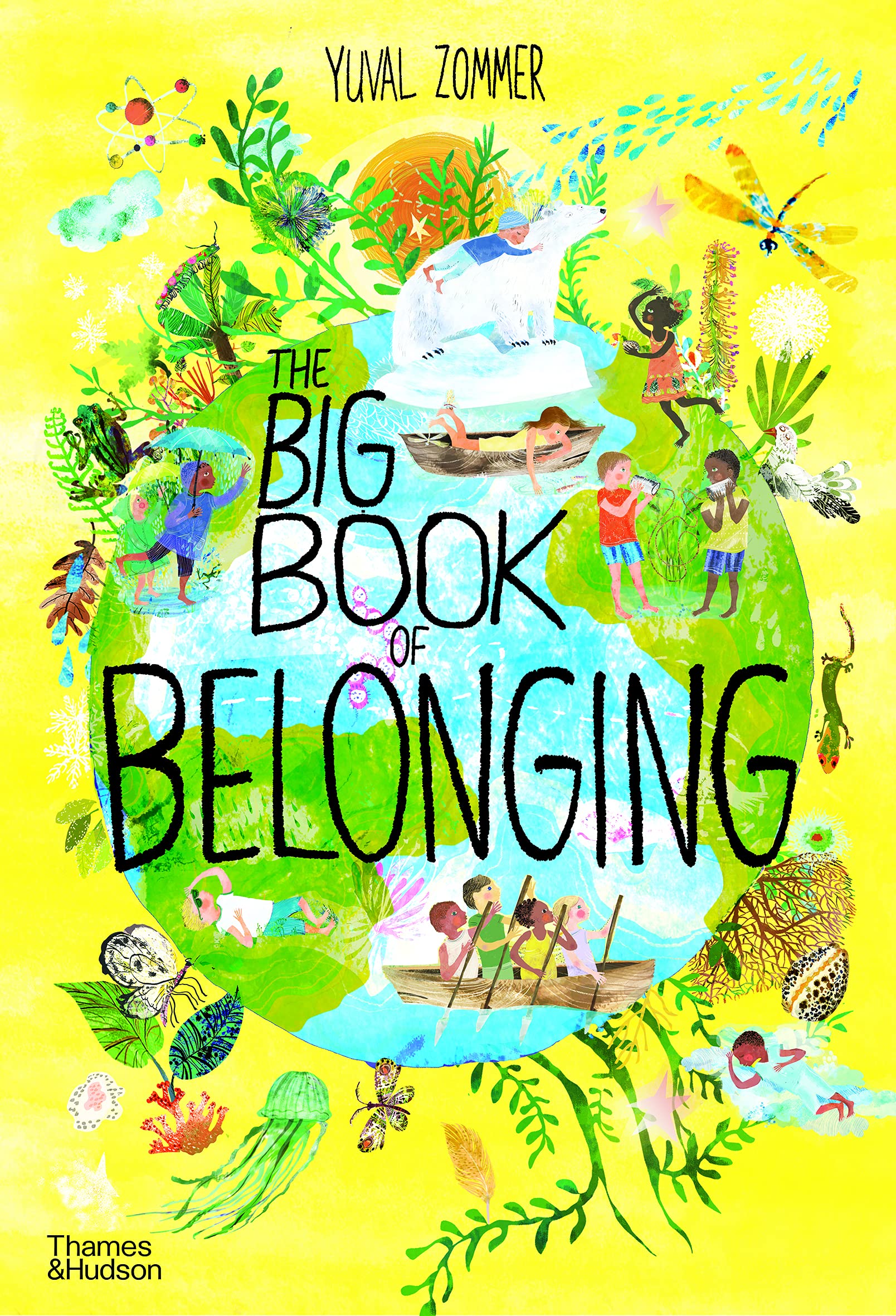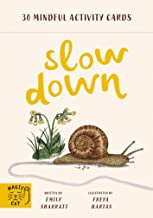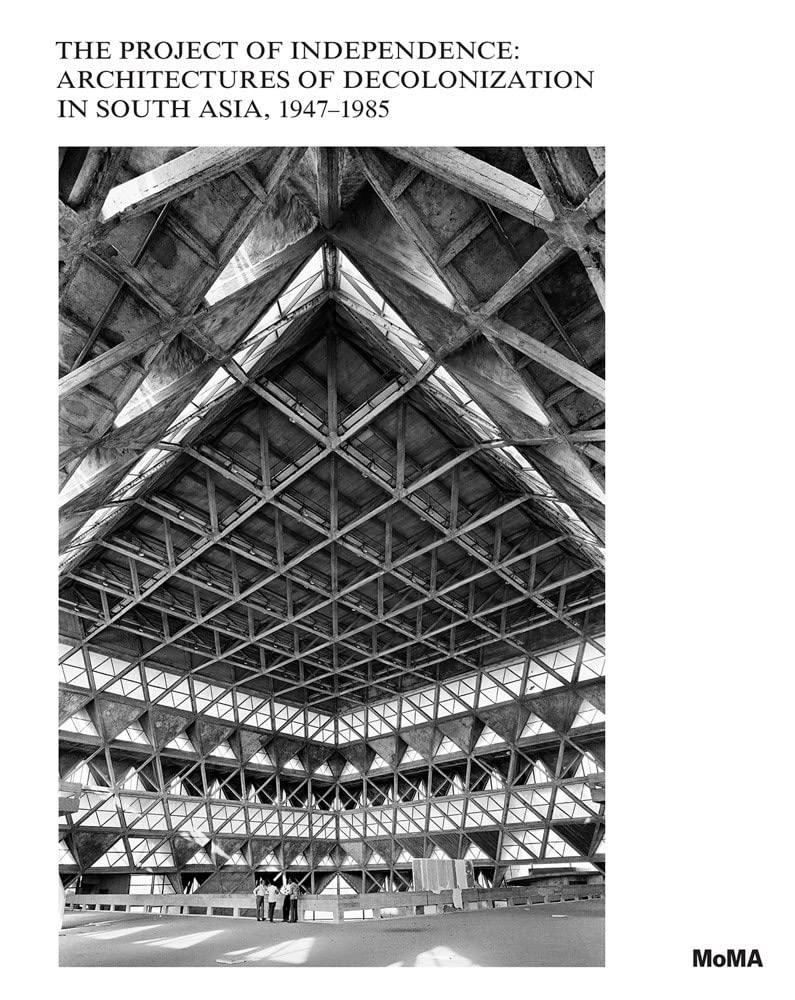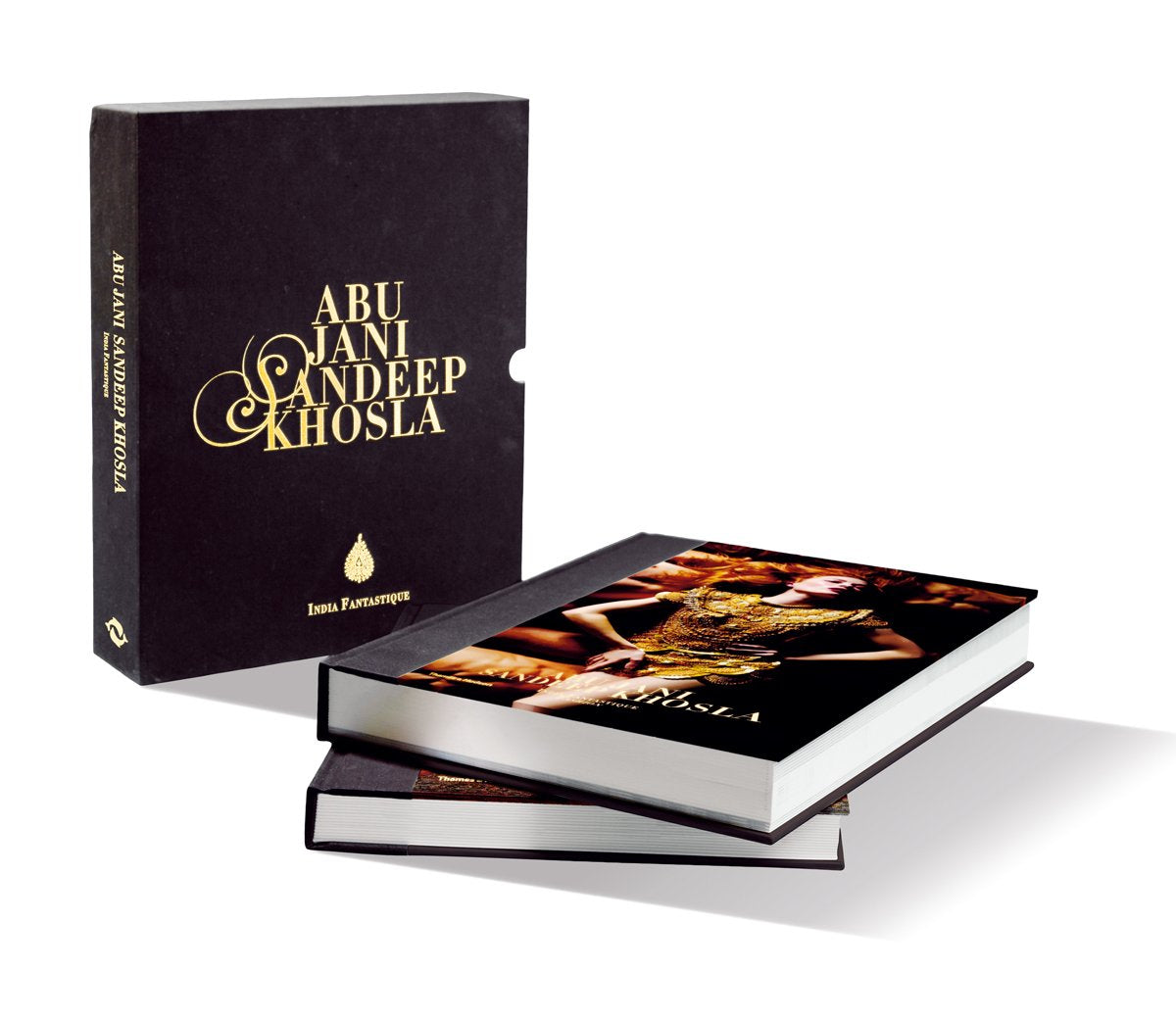Fragile Beasts Colouring Book: 40 Grotesque Designs from Cooper Hewitt, Smithsonian Design Museum
Caitlin Condell and Magali An Berthon
The word grotesque was first coined at the end of the fifteenth century in Italy to describe a style of painting found in Ancient Roman ruins in which foliage intertwines and merges with human and animal forms. The re-discovery of these ruins was deeply influential to artists and designers. Through drawings and prints, grotesque motifs were disseminated as patterns for decoration in architecture, metalwork, textiles and ceramics. The fantastic nature of the grotesque enabled artists to incorporate imagery that pushed the boundaries of the known world. Within the confines of ornamental designs, artists turned elements from nature into otherworldly beings. Creatures, fearsome or playful, graceful or rigid, take their place in dense and sinuous designs for locks, ewers, rings, tapestries, stained glass and more. These intimately scaled works, often measuring just a few inches, are at times erotically charged and at others moralizing. Centuries later, these drawings and prints open a window to the imagination of artists and designers as the Age of Exploration unfolded around them.
Caitlin Condell is Assistant Curator of Drawings, Prints, and Graphic Design at Cooper Hewitt, Smithsonian Design Museum in New York where she has organized numerous exhibitions of art and design, including the forthcoming Fragile Beasts: Designing the Grotesque, How Posters Work (co-curated with Ellen Lupton), Maira Kalman Selects, Making Design and Hewitt Sisters Collect. Magali An Berthon is a New York-based surface designer and art director. She has collaborated with numerous clients in France, USA and southeast Asia, including Kenzo, NellyRodi, Fondation EY France, Judy Ross Textiles, and Artisans d’Angkor.







